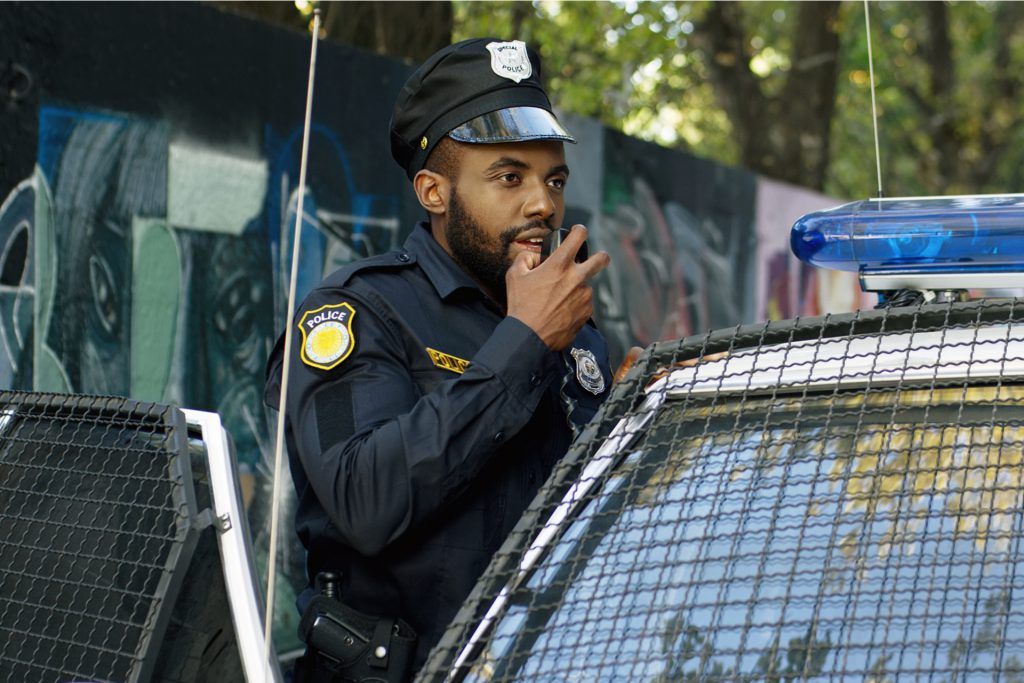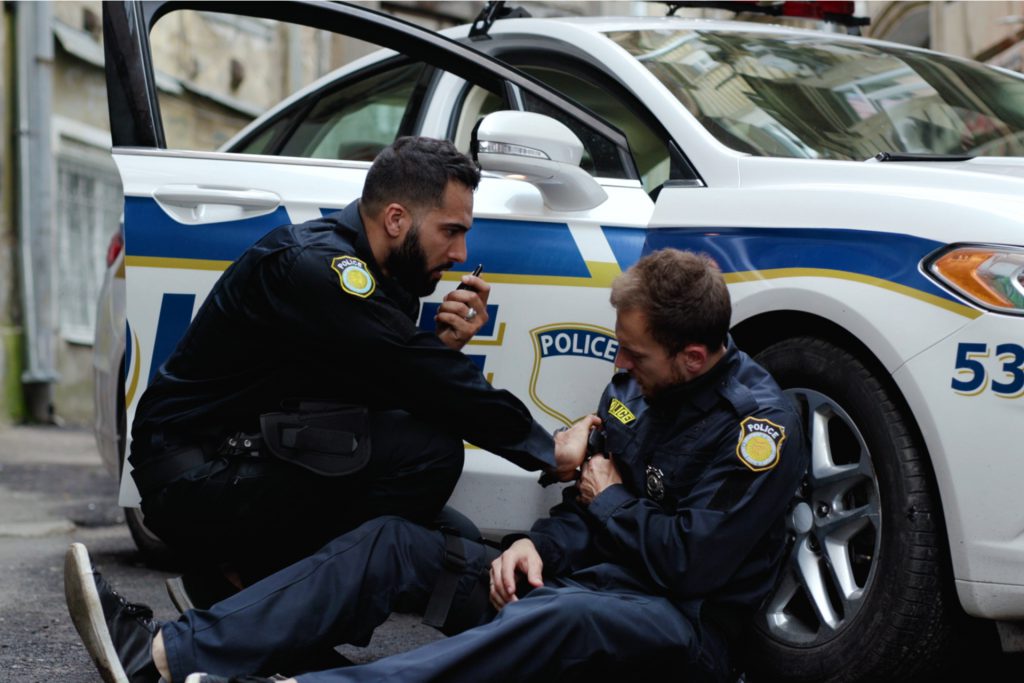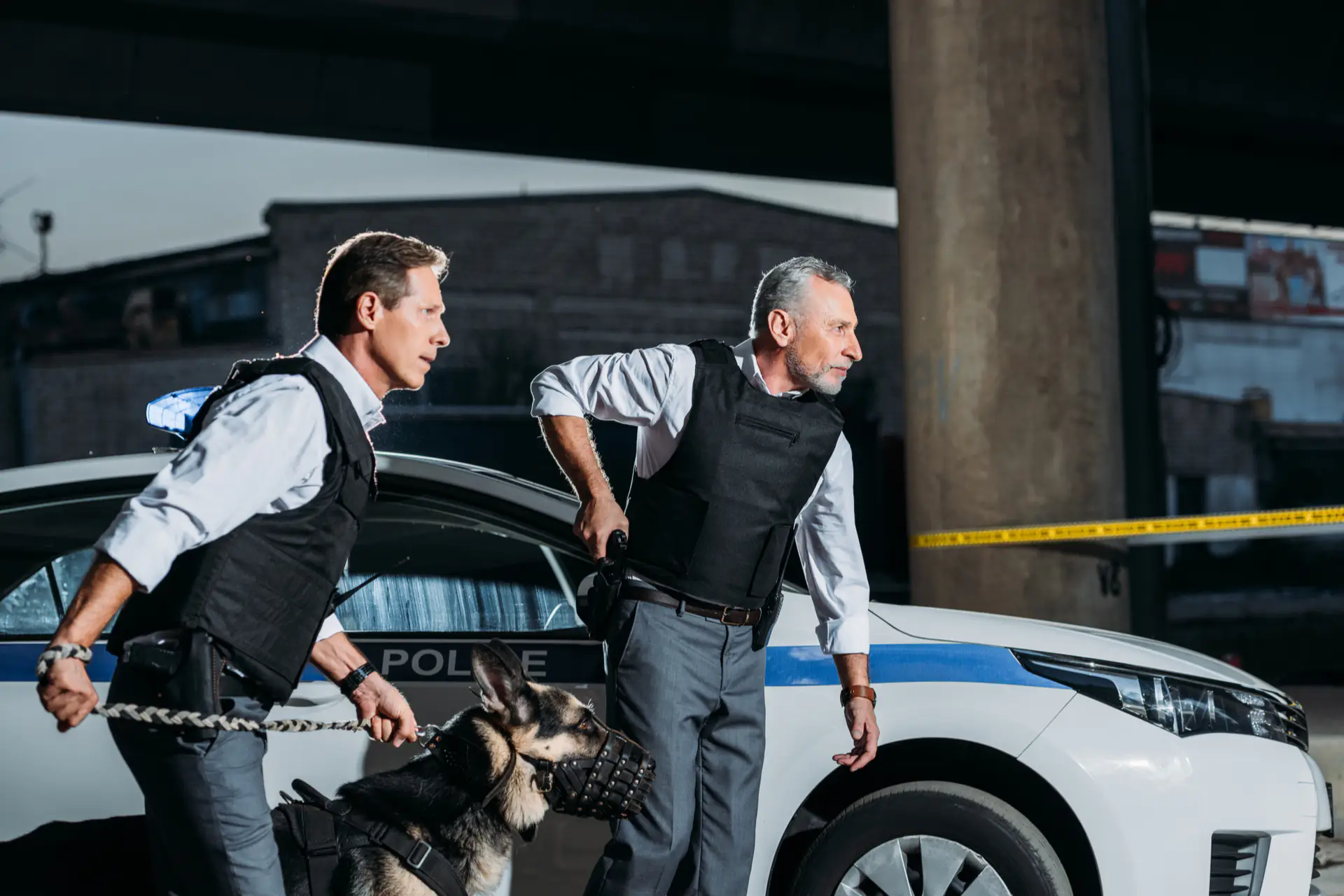A beloved staple of action movies and police dramas alike, foot pursuits are often depicted as an exciting, even glamorous, part of being a police officer. In reality, this type of pursuit is dangerous and should only be entered into when absolutely necessary. Far from the notion of headstrong officers bravely hunting down criminals with little thought to the procedure, foot pursuits require a detailed analysis of the surrounding area, a cool head, and utmost regard to safety protocol.
With the adoption of drones and other new surveillance technologies, foot pursuit training is not as extensive as it once was. However, recent cases in the news, such as the fatal shooting of a 24-year-old suspect during a chase in New York, highlight the importance of officers being fully prepared for this kind of interaction.
So what should police officers keep in mind when it comes to foot pursuits? As a useful refresher, here are three simple steps that should be taken before and during a chase.
Know when to initiate – and when not to
The safety of the public and the officers themselves are always more important than the immediate apprehension of a suspect. This means that, prior to engaging in a foot pursuit, the officer must evaluate the situation in order to identify any potential risks, namely the presence of guns. Should the officer decide not to go after the subject, air support or reinforcements are to be requested.

Before engaging in a foot pursuit, there are a number of important questions officers must ask themselves. Firstly, it’s vital to have a realistic understanding of whether your physical condition will allow you to run for several minutes at a time, and then potentially engage in a physical altercation with the subject. An officer must never risk their own health for the sake of catching a suspect; situations like the tragic death by heart attack of a 34-year-old officer who collapsed after a chase illustrate how these decisions should never be made lightly.
Foot pursuits may not be necessary if you’re already familiar with the suspect and have their personal details on file, and should not be attempted if the individual in question has been known to carry a weapon. In either of these cases, making a radio call and planning to apprehend the suspect at a later date would be a wiser decision. Finally, If you do decide to go ahead with a foot pursuit, you should always be sure that you are confident in using your firearm while running.
Be unpredictable
Most frequently listed as the number one piece of advice for a safe and successful foot pursuit is to assess your surroundings and remain unpredictable. You should always avoid blindly chasing the suspect; if they jump over a wall, for instance, look for an open gate or a way around it. While the suspect is likely to be in a panicked state, staying calm will allow you to be more strategic about the route you take.
Never underestimate the possibility of suspects injuring or attacking you. As was the case for this Massachusetts officer, being injured by individuals under arrest is a very real risk taken by officers. This should be at the forefront of your mind during a pursuit. Above all, do not follow the culprit into an area that will leave you vulnerable to attack: scaling fences can increase your likelihood of being shot at from ground level, and you can easily get trapped in a dead-end.
Beware of an ambush
Remain mindful that culprits, too, are trying to be unpredictable and get the upper hand. This is especially the case for more experienced criminals, who may attempt to ambush the police officers going after them. To minimize the likelihood of an unexpected assault, a simple yet highly effective tactic is to stop when approaching a corner, taking a quick look around it to check whether the suspect is waiting to attack.

In May last year, two LA officers engaged in a foot pursuit after chasing a known gang member. Surveillance footage shows how the law enforcement agents were ambushed by another man while going after the initial suspect. Later identified as gang member Curley Duff, the man opened fire on the unsuspecting officers, hitting one agent before being gunned down by the other.
Body cameras as a learning tool
With proper guidance, foot pursuits can be carried out while minimizing the risk of injury or death. Furthermore, thanks to the increasingly widespread use of body cameras, we are now able to build a more detailed picture of what happens during these fast-paced interactions. The quality footage now available can also be used to assist learning and to inform new, updated guidelines for training purposes.

